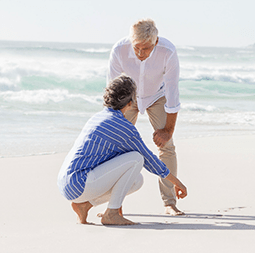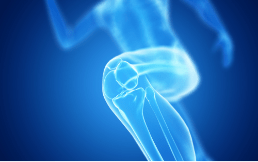What is osteoarthritis?
It’s a progressive disease that develops in the joints and leads to the breakdown of joint cartilage and underlying bone. It develops as a result of the body’s failed attempt to repair damaged joint tissues. The joints that are most commonly affected include the knees, hips, big toes, hands, and spine.
Did you know?
Osteoarthritis is the most common type of arthritis, affecting nearly
million
Canadians.
That’s equivalent to 1 in 6!

Osteoarthritis symptoms
Usually the first symptom of osteoarthritis is pain that worsens following exercise or immobility. Others include:
- Aching
- Morning joint stiffness (lasting less than 30 minutes)
- Joint pain
- Joint swelling
- Development of bony spurs
- Reduced joint flexibility
- Grating sensation
Symptoms usually come and go, but the intensity of the pain increases over time as the disease progresses.
Not sure if your knee pain is osteoarthritis?
Treatment can vary depending on the cause of your knee pain. Use our clinic locator to find a specialist near you who can diagnose the cause of your knee pain.






